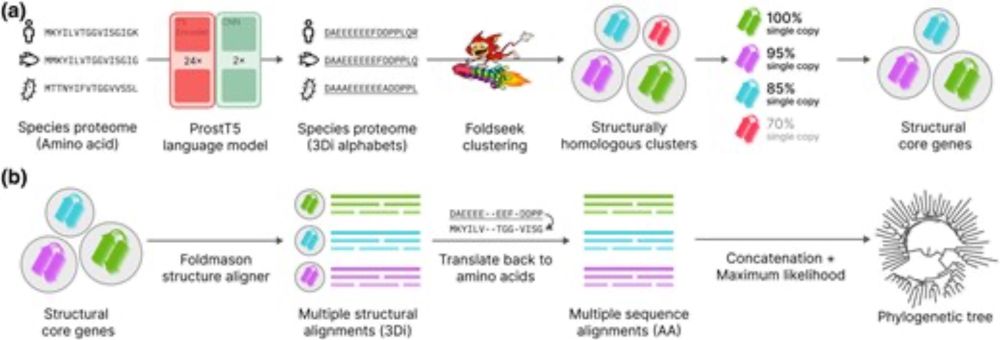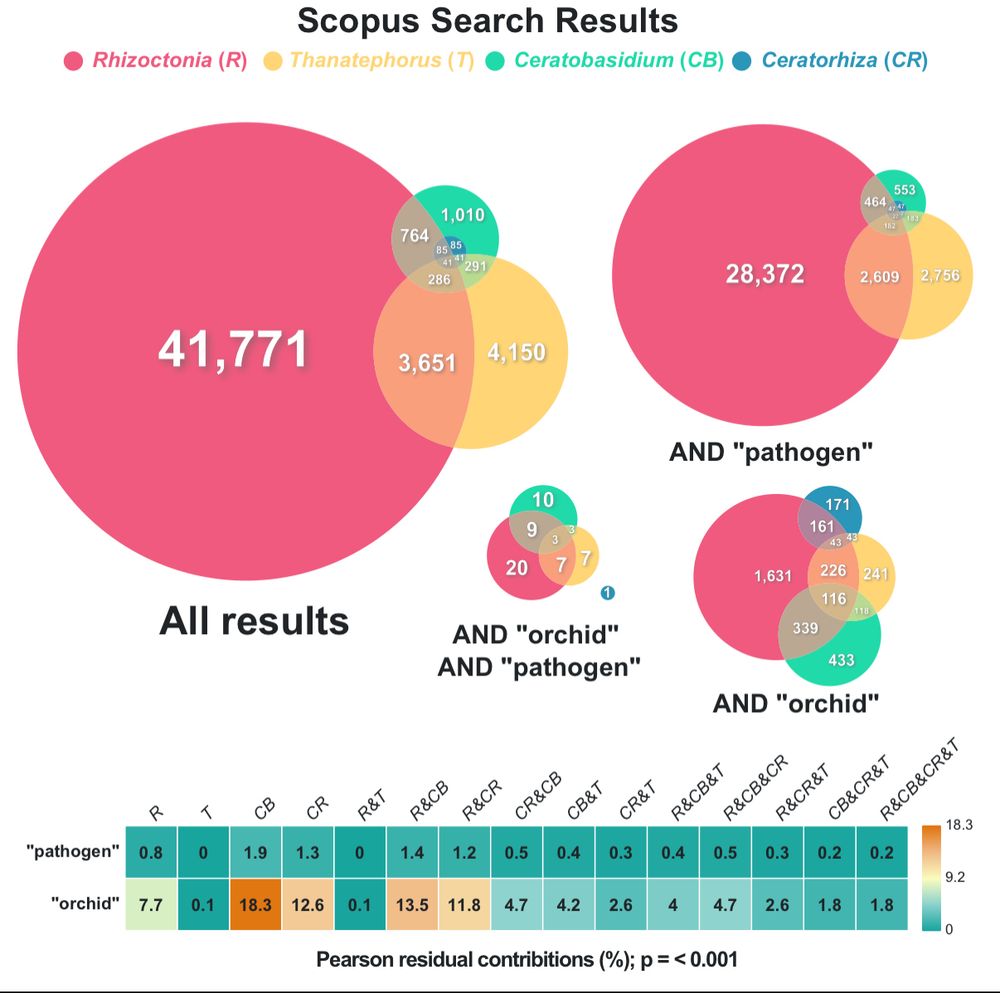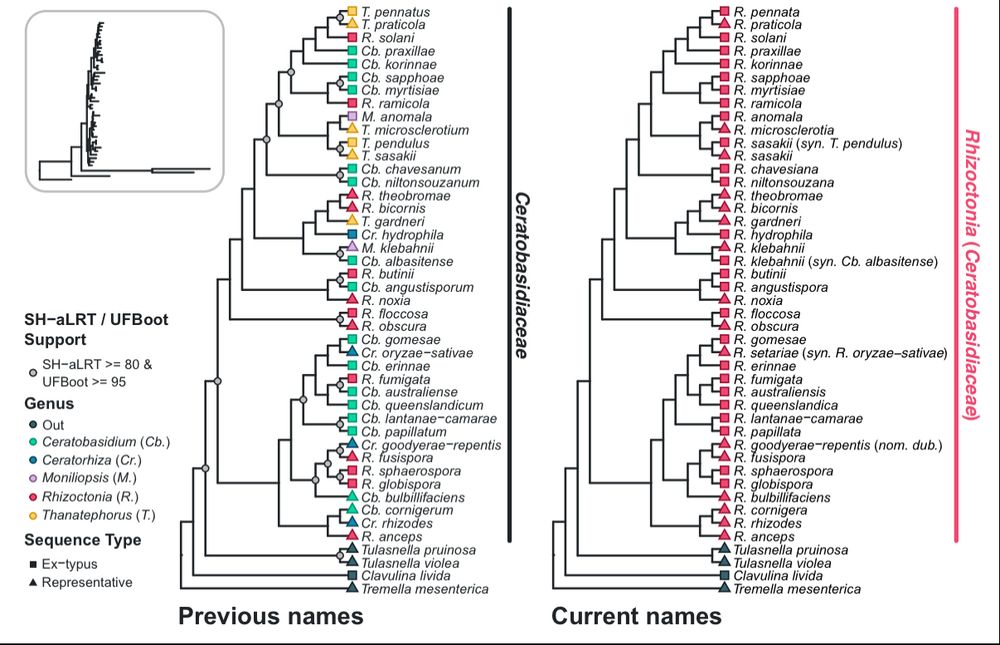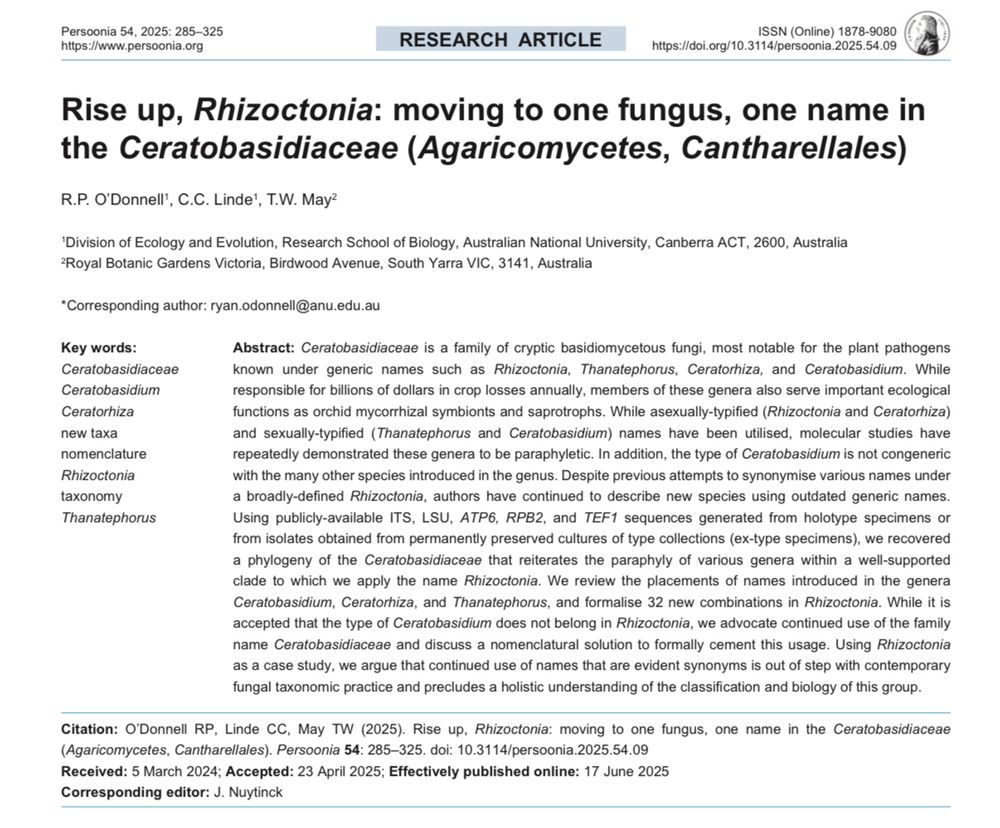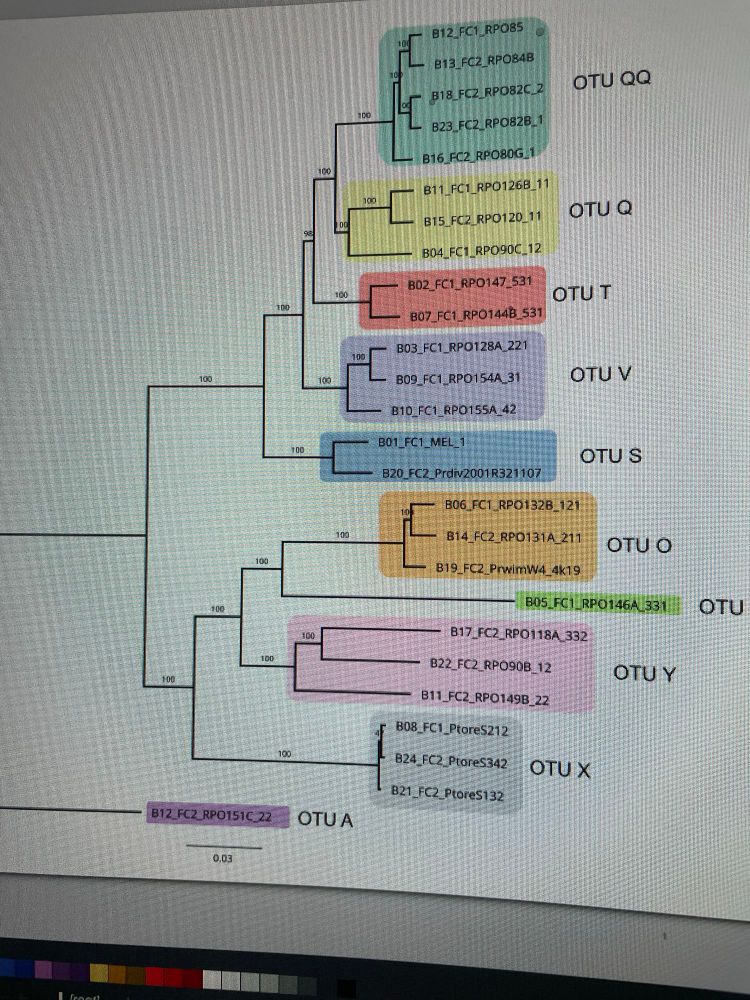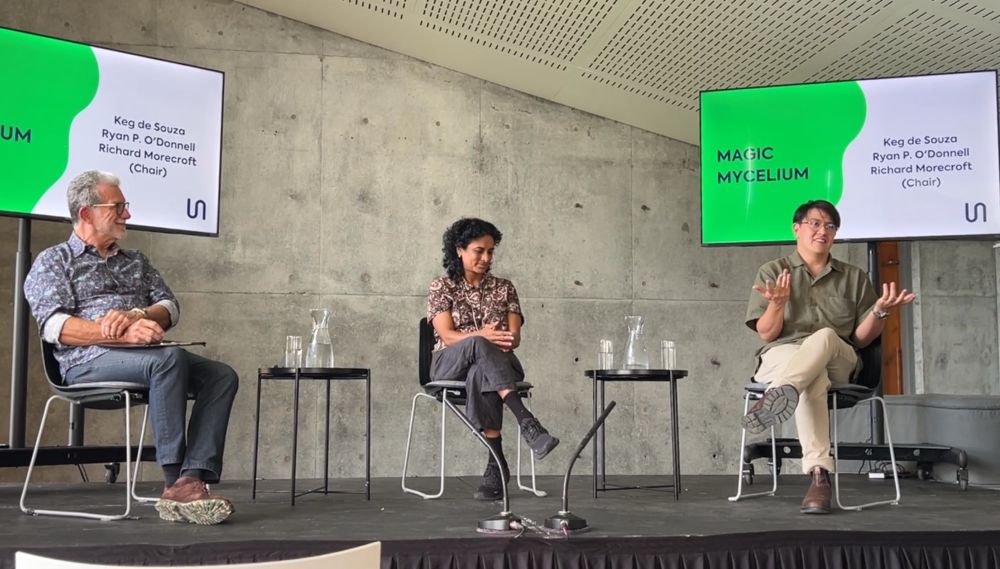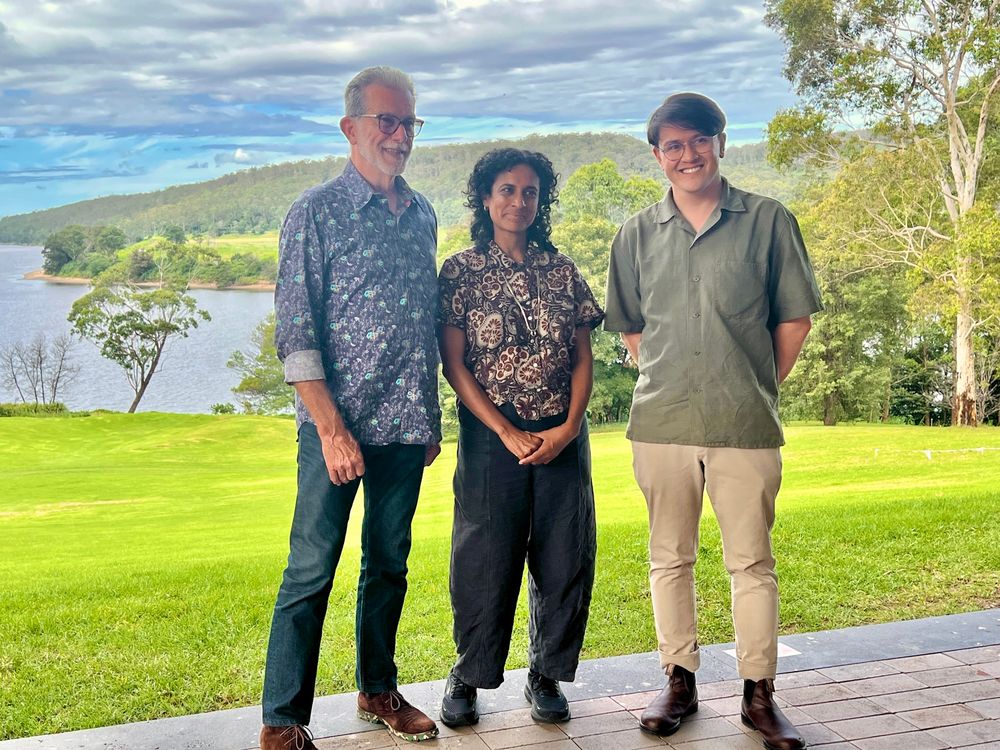Ryan P. O’Donnell
@rpodonnell.bsky.social
1.2K followers
750 following
88 posts
Mycologist & botanist @EcoEvo_ANU | Orchids & their mycorrhizal fungi: phylogenomics, genomes, speciation, popgen, systematics & taxonomy | looking for a postdoc 👀 | rpodonnell.github.io 🍄🌿🌷📖🇵🇭🏳️🌈∞
Posts
Media
Videos
Starter Packs
Reposted by Ryan P. O’Donnell
Reposted by Ryan P. O’Donnell
Reposted by Ryan P. O’Donnell
Reposted by Ryan P. O’Donnell
Ryan P. O’Donnell
@rpodonnell.bsky.social
· Aug 16
Ryan P. O’Donnell
@rpodonnell.bsky.social
· Jul 19
Reposted by Ryan P. O’Donnell
Reposted by Ryan P. O’Donnell
Ryan P. O’Donnell
@rpodonnell.bsky.social
· Jun 24
Ryan P. O’Donnell
@rpodonnell.bsky.social
· Jun 24
Ryan P. O’Donnell
@rpodonnell.bsky.social
· May 11










